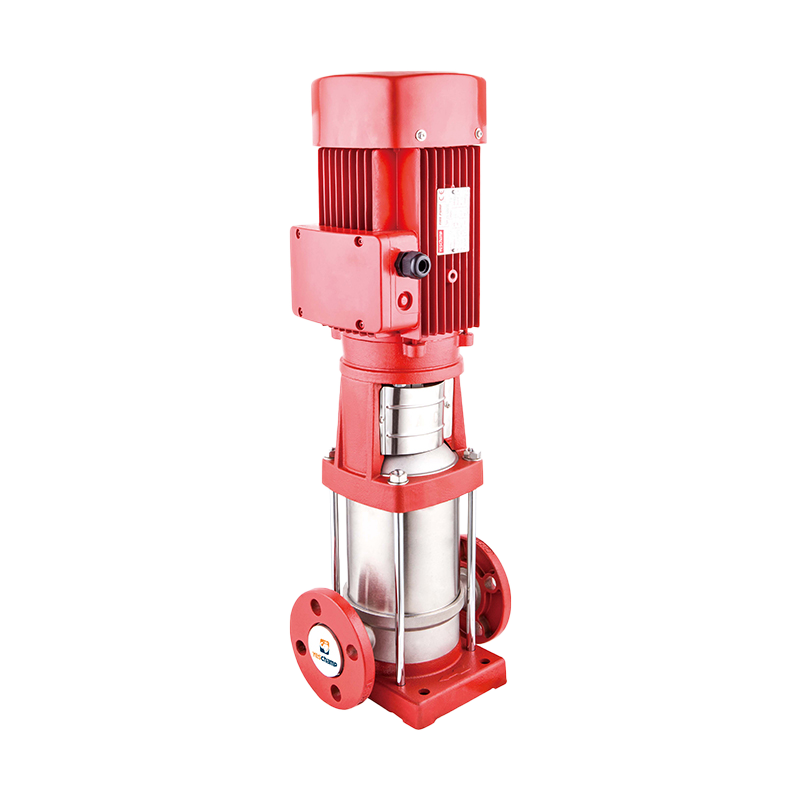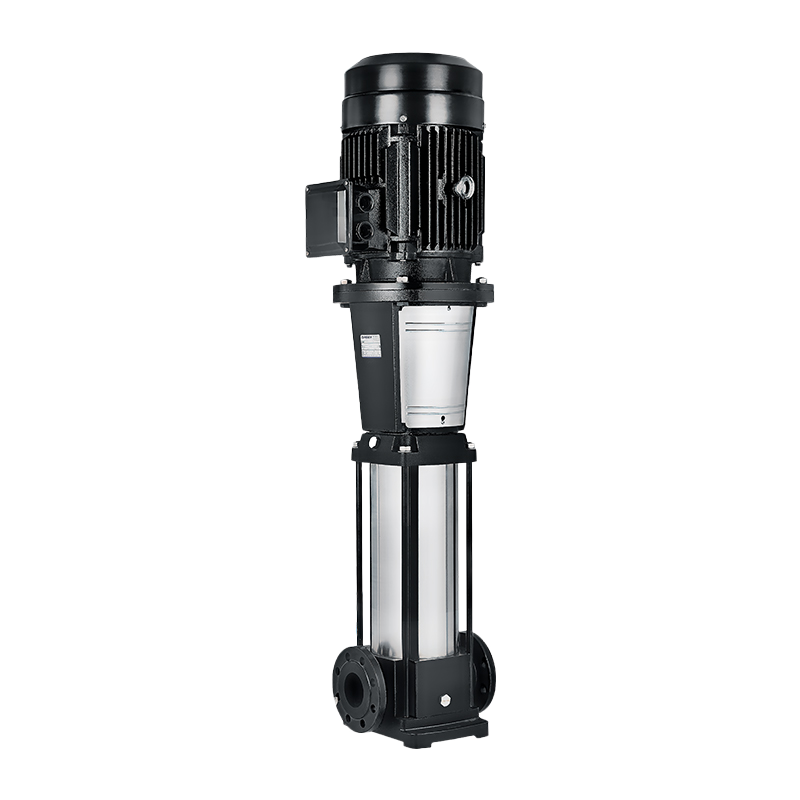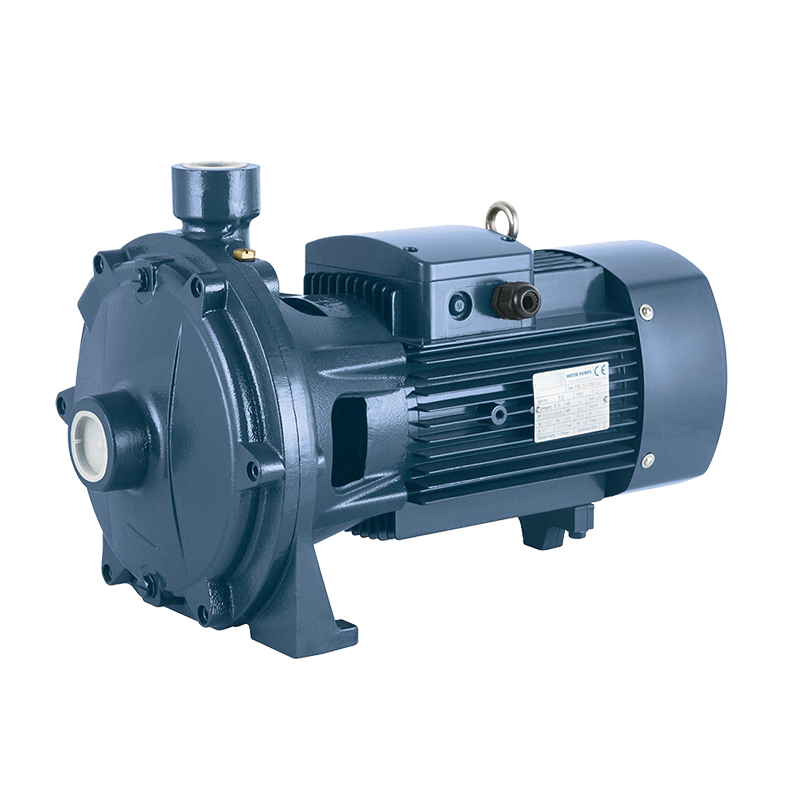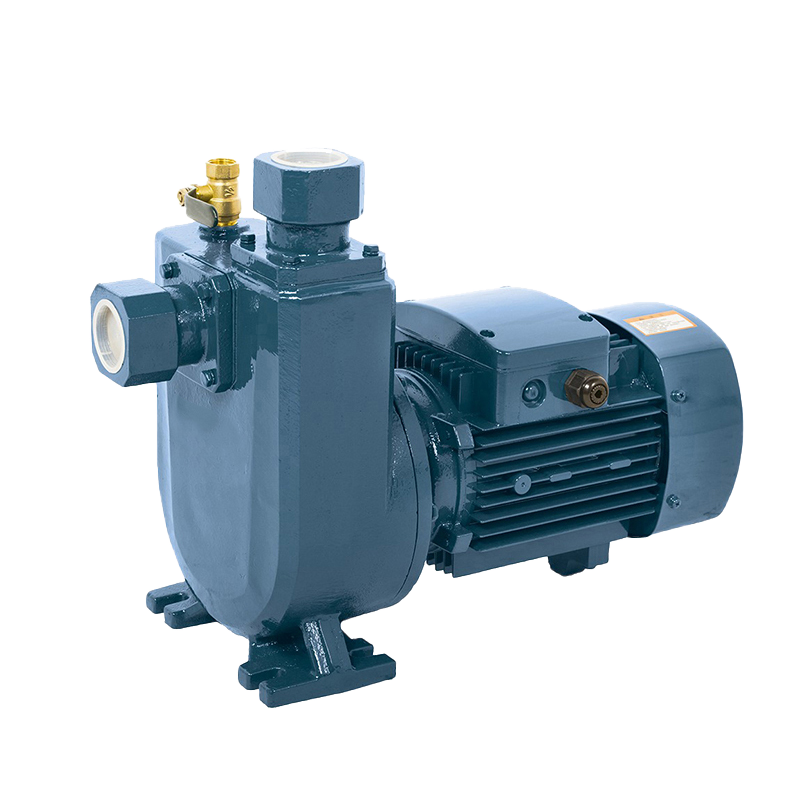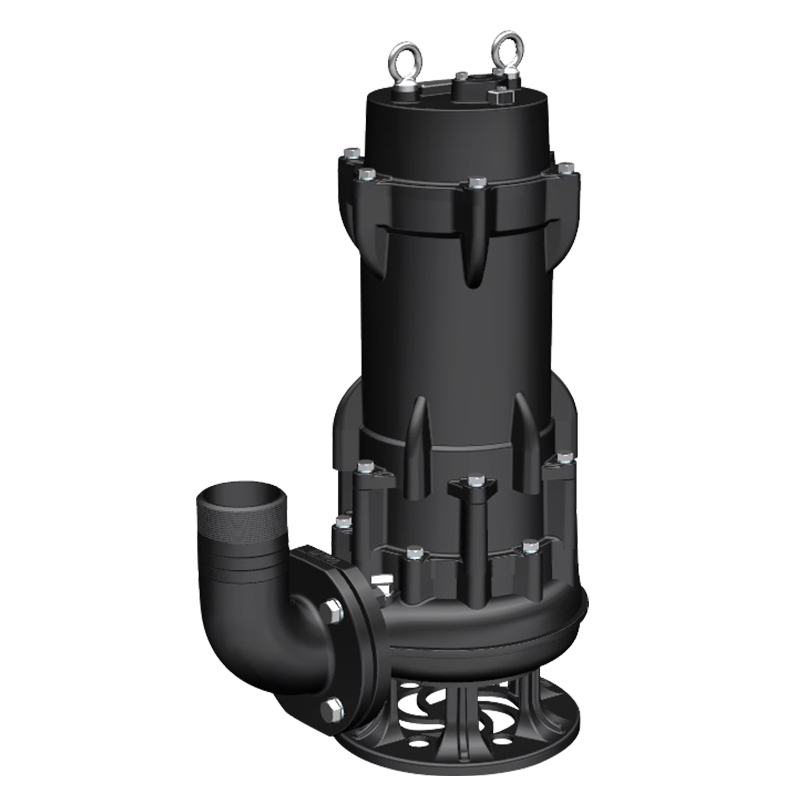Split Case Pumps: The Ultimate Guide to Design, Applications, and Benefits
A split case pump (split case circulation), also known as a single-stage, double-suction centrifugal pump, is primarily characterized by its high flow rate. Its operating principle: The impeller is mounted within the pump casing and fastened to the pump shaft, which is directly driven by the motor. A liquid suction port is located in the center of the pump casing and connected to the suction pipe. Liquid enters the pump through a foot valve and the suction pipe. The liquid discharge port on the pump casing is connected to the discharge pipe. For a given pump speed, the pressure head and flow rate are related to the impeller diameter.
How Does a Split Case Pump Work?
Split case pumps operate on the same centrifugal pumping principle but with a distinct horizontal casing split along the centerline. Here’s how they function:
Fluid Entry – Water enters through the suction inlet into the double-volute casing.
Impeller Action – A double-suction impeller draws liquid from both sides, balancing axial thrust and improving efficiency.
Pressure Build-Up – The rotating impeller accelerates the fluid, converting kinetic energy into pressure.
Discharge – Pressurized fluid exits through the discharge outlet for distribution.
This symmetrical design reduces vibration, extends bearing life, and ensures smooth operation.
Key Components of a Split Case Pump
Understanding the main parts helps in selecting the right pump:
Split Casing – Horizontally divided for easy access to internal components.
Double-Suction Impeller – Handles higher flows with balanced hydraulic forces.
Shaft & Bearings – Heavy-duty construction for long-lasting performance.
Wear Rings – Maintain efficiency by reducing internal leakage.
Mechanical Seals/Gland Packing – Prevents fluid leakage.
Coupling/Motor – Direct or belt-driven connection to the power source.
Applications of Split Case Pumps
Split case pumps are ideal for high-capacity, continuous-duty operations, including:
Municipal Water Supply – Large-scale water distribution systems.
Fire Protection Systems – High-pressure water delivery for sprinklers and hydrants.
Irrigation & Agriculture – Efficient water transfer for farms and fields.
HVAC Systems – Circulating water in commercial heating/cooling systems.
Industrial Processes – Cooling, boiler feed, and wastewater management.
Steps for Selecting a Split-Case Pump
1. List the basic data for the split-case pump:
This includes: media characteristics, particle diameter and content of the media, media temperature, and required flow, pressure, and piping system data.
2. Determine flow rate and head.
a. If the production process specifies minimum, normal, and flow rates, consider the flow rate.
b. If the production process specifies only the normal flow rate, allow for a margin.For high-flow, low-head pumps with ns > 100, allow a 5% margin. For low-flow, high-head pumps with ns < 50, allow a 10% margin. For pumps with 50 ≤ ns ≤ 100, allow a 5% margin as well. For low-quality pumps or pumps operating under adverse conditions, allow a 10% margin.
c. If the basic data only specifies weight flow, convert it to volume flow.
Split case pumps are a reliable, high-performance solution for large-scale water movement. Their easy maintenance, energy efficiency, and long service life make them a top choice for municipal, industrial, and fire protection systems.
 English
English عربى
عربى
 Fire Pump and System
Fire Pump and System Split Case Pump
Split Case Pump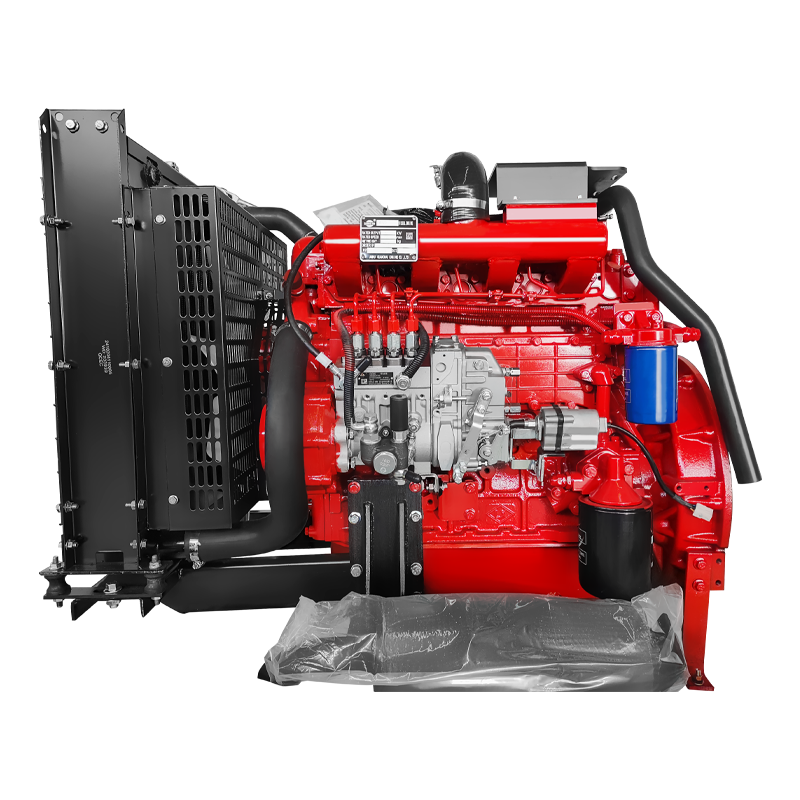 Engine and Pump
Engine and Pump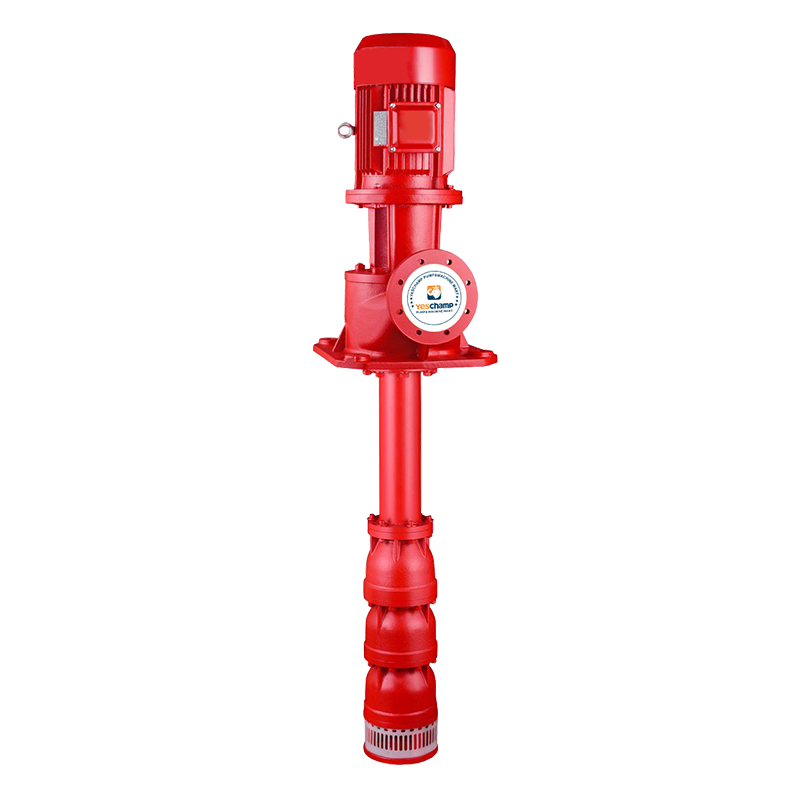 Long Shaft Pump
Long Shaft Pump Multistage pump
Multistage pump Water Supplier System
Water Supplier System Sewage Pump
Sewage Pump Industrial Pump
Industrial Pump Self-Priming Pump
Self-Priming Pump Inline Pump
Inline Pump Domestic Pump
Domestic Pump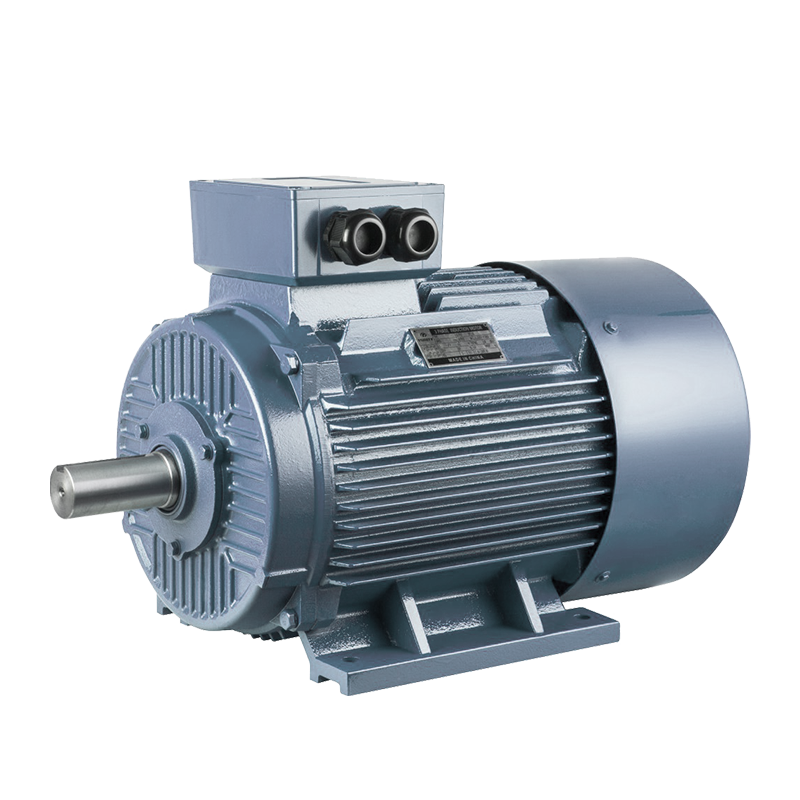 Electric Motor
Electric Motor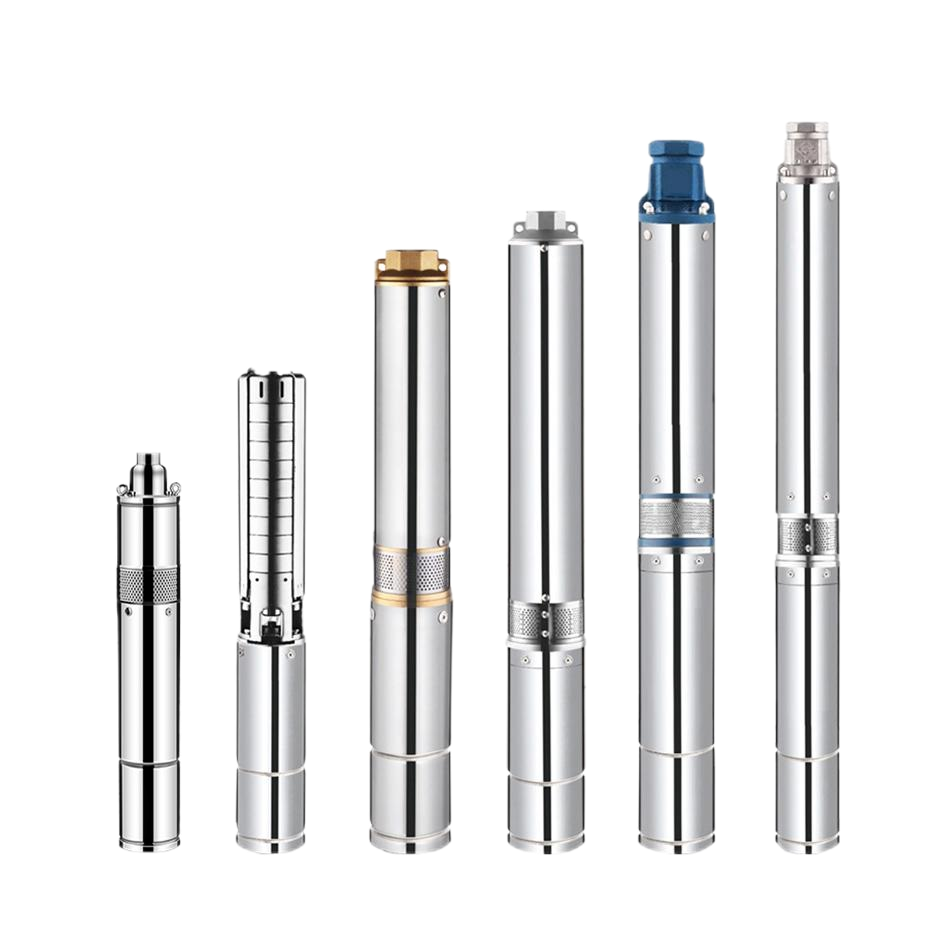 Borehole Pump
Borehole Pump
